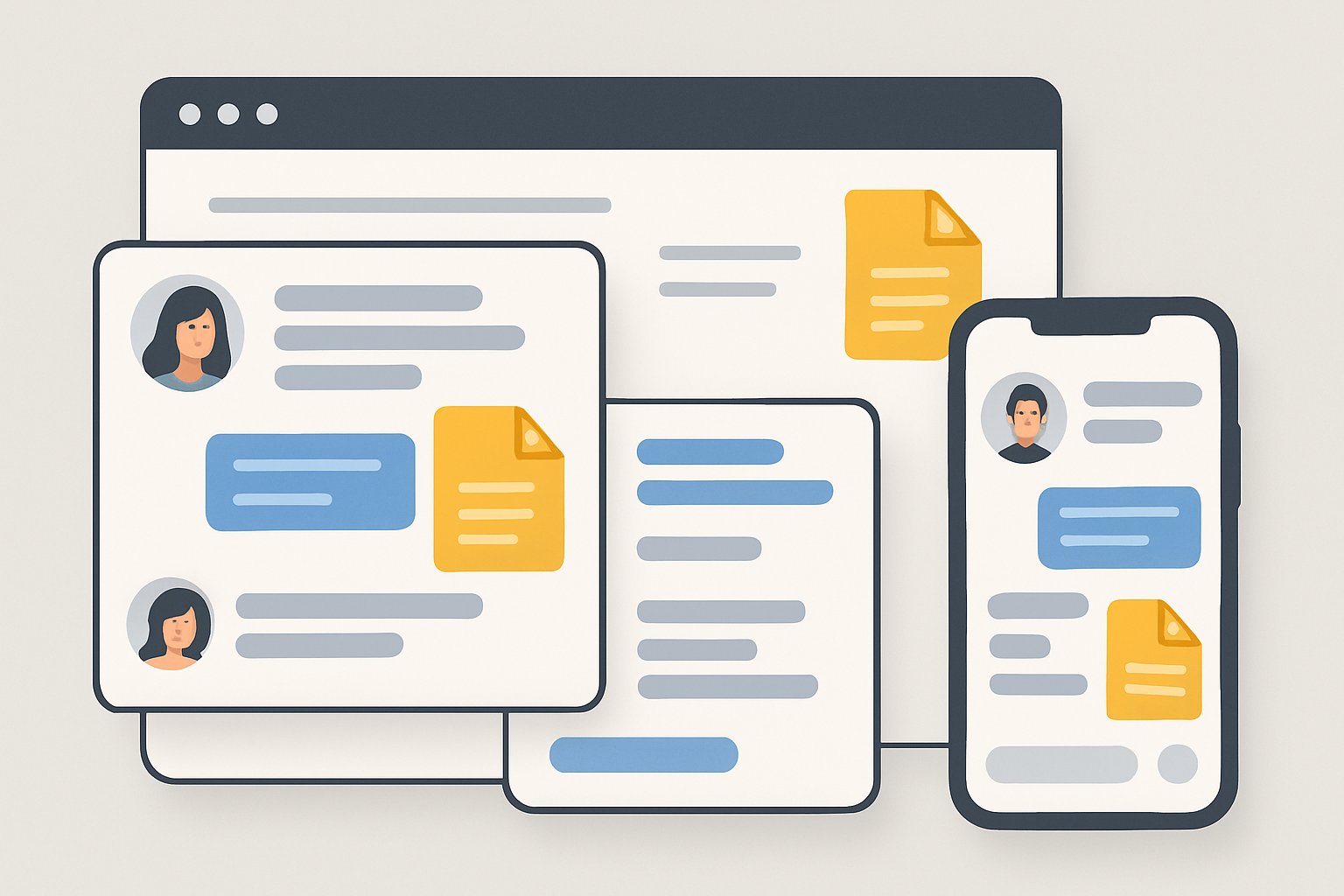
AI CERTS
2 days ago
ChatGPT rolls out collaboration functionality worldwide
Consequently, industry leaders are reassessing how AI supports multi-user conversations and team coordination. Meanwhile, analysts view the launch as a direct response to mounting competitive pressure from Anthropic, Google, and Microsoft. Moreover, early pilot users praised the smooth interface and prompt reliability powered by GPT-5.1 Auto.

Feature Overview And Timeline
OpenAI announced the feature on 13 November 2025, starting pilots in four Asia-Pacific markets. Subsequently, positive feedback accelerated the global expansion seven days later. Up to twenty human participants, plus ChatGPT, can share one persistent thread.
Each member joins through an invite link and sets a visible profile. Furthermore, private memories remain isolated, protecting personal prompts from unintended exposure. The design, therefore, limits cross-chat data leakage while highlighting the intended collaboration functionality.
These milestones illustrate OpenAI’s rapid release cadence. Nevertheless, users must still monitor invite-link hygiene. The next section explains the technical foundations supporting this shift.
Technical Capabilities At Launch
GPT-5.1 Auto routes every prompt to the best available model variant. Consequently, replies adapt to context complexity without manual switching. Supported tools include web search, image generation, file uploads, voice input, and vision analysis.
However, several advanced features remain absent. Canvas, Python analysis, Deep Research, and Agent mode sit outside early scope. In contrast, features present today already drive measurable productivity enhancement.
The following statistics summarise launch parameters:
- Maximum participants per room: 20 humans plus ChatGPT
- Only ChatGPT replies count toward rate limits
- Group transcripts avoid account-level memory by default
- Invite links can be reset or deleted anytime
These technical choices balance speed with safety. Consequently, engineers can trust baseline stability while planning deeper integrations.
Driving Real Team Coordination
Workgroups crave seamless knowledge sharing. Group chats satisfy that need by merging AI reasoning with human nuance. Moreover, the interface encourages structured multi-user conversations through clear participant labels.
Marketing teams, for example, can drop draft copy, request instant rewrites, and reach consensus inside one window. Educators share notes, generate quizzes, and foster lively social AI interaction. Additionally, design studios iterate images together, gaining rapid productivity enhancement.
Throughout these cases, collaboration functionality shortens feedback loops. Therefore, deliverables move from concept to completion with fewer meetings.
Benefits emerge quickly. However, privacy pitfalls demand equal attention, as discussed next.
Privacy Limits And Governance
Invite links pose the primary risk. Anyone possessing a link accesses full history and shared files. Consequently, enterprises must define sharing protocols before rollout.
OpenAI blocks disallowed content and screens images for illegal material. Nevertheless, commentators warn that group dynamics can magnify hallucinations or manipulation attempts. Furthermore, enterprise administrators currently lack granular audit logs.
OpenAI states it will not train on any thread where a participant has disabled model-improvement toggles. Even so, some organisations remain cautious. Robust collaboration functionality must coexist with stringent compliance controls.
These governance gaps underscore unanswered questions. However, competitive forces may accelerate policy upgrades, explored in the next section.
Competitive Landscape And Implications
Rivals recognise the strategic value of multi-user conversations. Google embeds Gemini into Workspace documents. Microsoft injects Copilot into Teams meetings. Meanwhile, startups like Continua build dedicated group AI portals.
Sam Altman revealed that 800 million people use ChatGPT weekly. Consequently, any feature reaches enormous scale on day one. Analysts believe this audience gives OpenAI a durable lead, provided its collaboration functionality matures quickly.
In contrast, incumbents leverage existing enterprise contracts and admin tooling. Therefore, OpenAI must ship governance improvements to sustain momentum.
Competitive pressure is intensifying. Nevertheless, practical guidance can help early adopters maximise value now.
Practical Adoption Recommendations Ahead
Project leaders should pilot with small, trusted groups first. Subsequently, expand once workflow fit is proven. Moreover, create internal playbooks covering link management, content moderation, and file-sharing etiquette.
Professionals can enhance their expertise with the AI Customer Service Strategist™ certification. This credential deepens understanding of conversational design and strengthens team coordination.
Consider the following rollout checklist:
- Define acceptable-use policies for group content.
- Audit “Improve the model” settings for every participant.
- Monitor ChatGPT response counts to avoid unexpected caps.
- Document lessons learned for wider organisational training.
Following structured steps preserves security while unlocking productivity enhancement. Consequently, leaders accelerate return on investment.
Clear guidelines set users up for success. The article now turns to long-term prospects.
Conclusion And Future Outlook
OpenAI’s group chats fuse human dialogue and AI reasoning into one fluid channel. Moreover, the offered collaboration functionality already supports planning, content creation, and data exploration.
Nevertheless, privacy safeguards and enterprise admin tools require further refinement. Consequently, organisations should pilot thoughtfully, enforce invite hygiene, and demand transparent retention policies.
Industry competition will drive rapid upgrades. Meanwhile, learners who master shared prompt dynamics gain an edge. Therefore, explore relevant certifications and experiment with group chats today.
The next wave of social AI interaction has begun. Harness it now to elevate team coordination, amplify productivity enhancement, and shape smarter multi-user conversations for years ahead.



